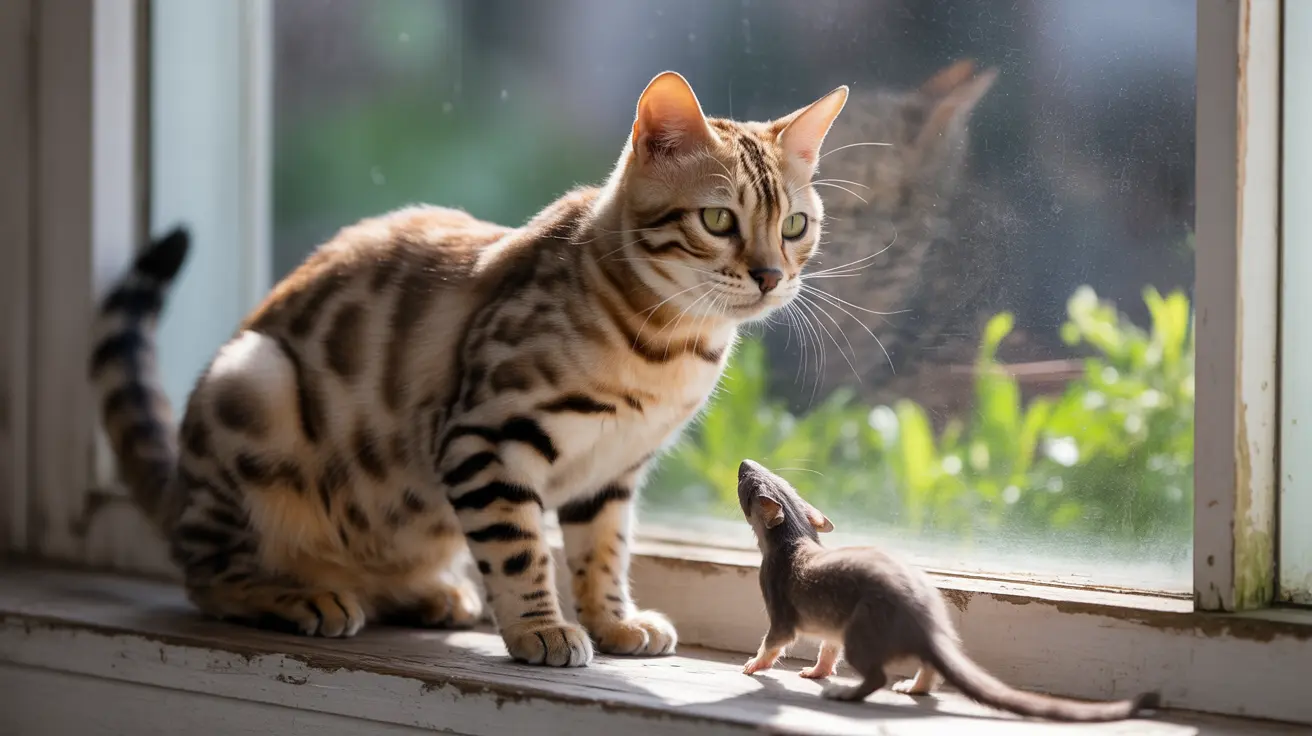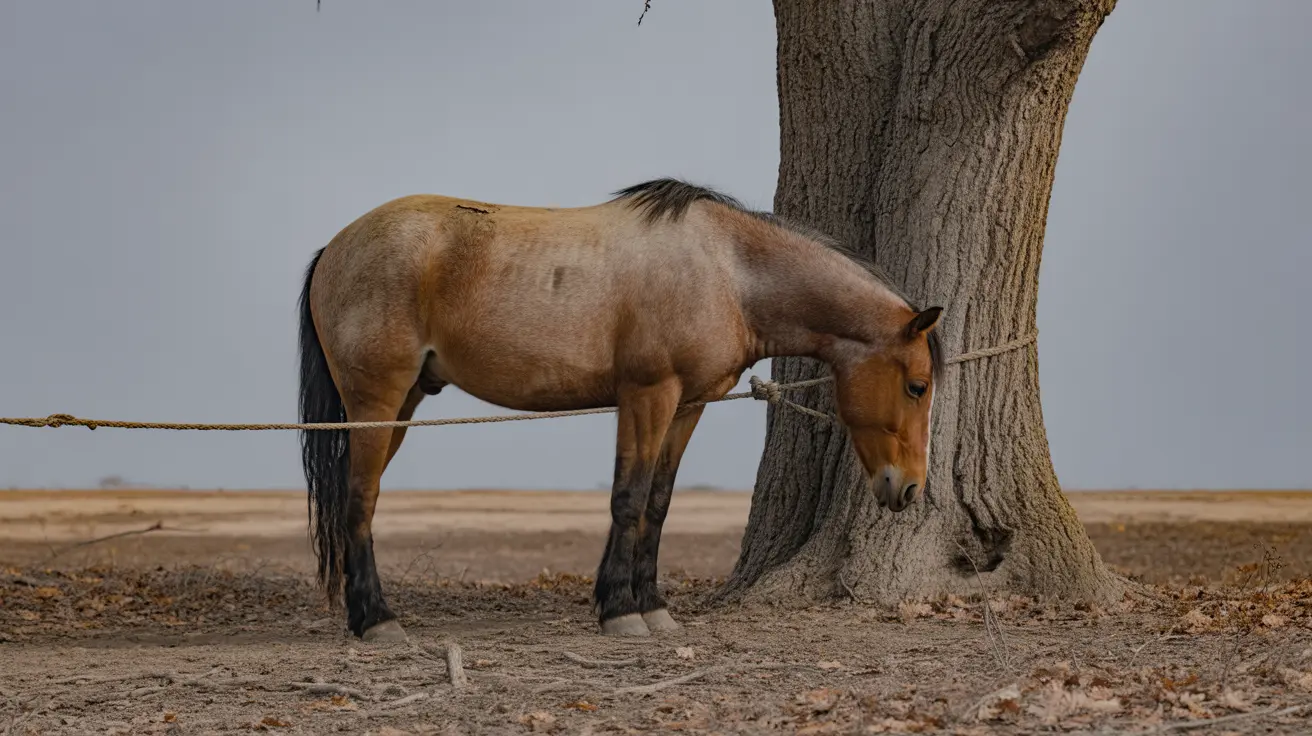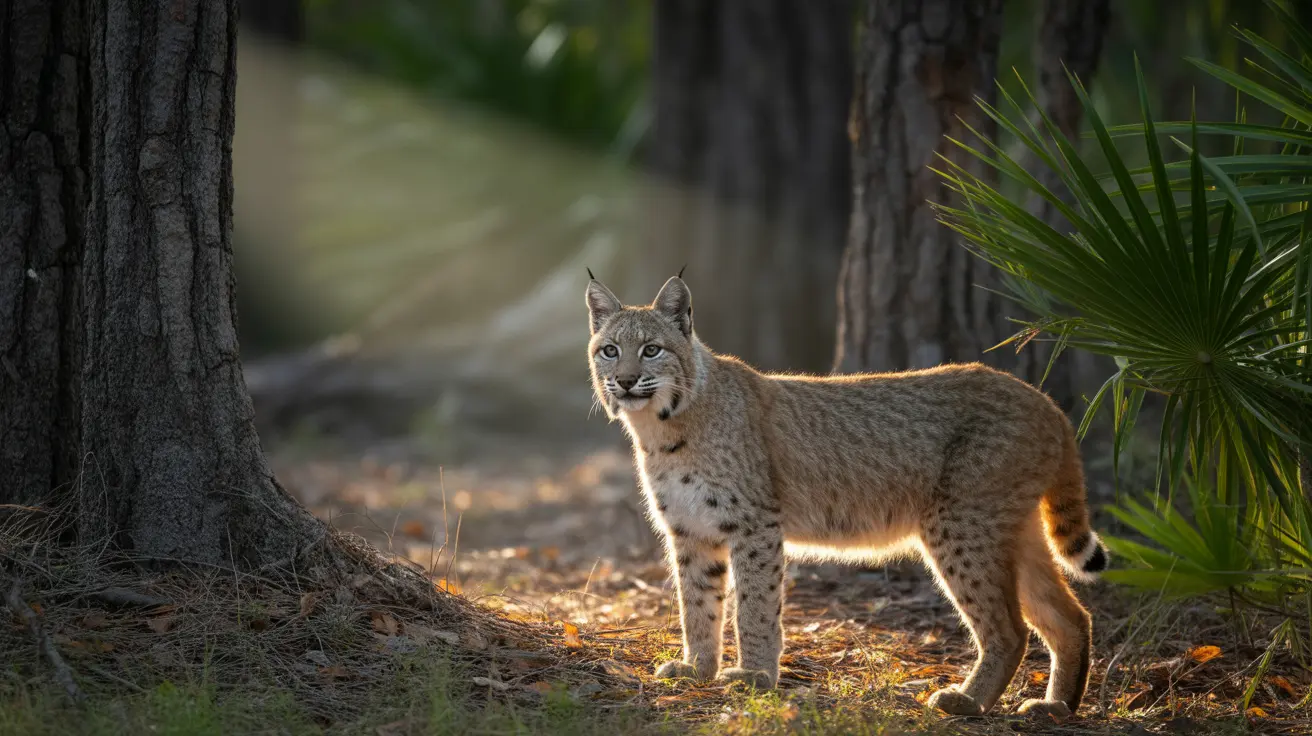Many pet owners wonder about the relationship between cats and weasels, particularly whether weasels pose a threat to their feline companions. This comprehensive guide explores the dynamics between these two predators and answers the common question: "las comadrejas comen gatos" (do weasels eat cats?).
The short answer is no - weasels typically don't eat cats. In fact, domestic cats are usually the ones posing a threat to weasels rather than the other way around. Let's explore the fascinating relationship between these two species and understand why this common concern is largely unfounded.
Understanding Weasels and Cats: Size and Capabilities
Domestic cats typically outweigh and outmatch weasels in nearly every physical aspect. Adult cats usually weigh between 8-10 pounds, while most weasel species weigh less than 1 pound. This significant size difference plays a crucial role in their interactions.
Weasels are known for their:
- Exceptional agility
- Ability to squeeze through tiny spaces
- High metabolism requiring frequent feeding
- Preference for prey like mice, voles, and rabbits
Natural Predator-Prey Relationships
Despite their fierce reputation, weasels primarily hunt prey that's appropriate for their size. Their natural diet consists of:
- Small rodents
- Birds
- Eggs
- Insects
- Occasionally rabbits (despite being larger than themselves)
Cats are simply too large to be considered typical prey for weasels. In fact, documented cases show that cats are more likely to hunt and kill weasels than the reverse.
Debunking the Myth: Can Weasels Kill Cats?
While stories circulate about weasels attacking cats, verified incidents are extremely rare. Most reported cases are either unsubstantiated or involve unusual circumstances such as:
- Very young kittens
- Severely ill or injured cats
- Unusually large mustelid species (like fishers) rather than typical weasels
Protecting Both Species: Conservation and Coexistence
The real concern isn't weasels threatening cats, but rather the impact of domestic cats on weasel populations. To promote healthy coexistence:
- Keep cats indoors when possible
- Create weasel-friendly spaces with small entry points
- Maintain natural habitats that benefit both species
- Support local wildlife conservation efforts
Frequently Asked Questions
Do weasels pose a threat to domestic cats, and if so, how often do they attack?
Weasels rarely pose a threat to domestic cats. Attacks are extremely uncommon, and when they do occur, cats usually emerge victorious due to their superior size and strength.
How can pet owners protect their cats from weasels, considering they are generally safe but precautions are still needed?
While weasels aren't typically a threat, keeping cats indoors at night and ensuring they're properly vaccinated against common wildlife-transmitted diseases is always wise.
Are there cases where weasels have been known to kill cats, or is this just a myth?
While there are occasional unverified reports, there's no credible documentation of healthy adult cats being killed by typical weasel species. Most such stories are urban legends or misidentified incidents.
What are some effective ways to keep weasels away from homes and cat enclosures?
Seal small entry points, maintain clean yards free of rodents, and use motion-activated lights. However, remember that weasels actually help control rodent populations and aren't typically a threat to cats.
How can cat owners contribute to a safe coexistence between domestic cats and native wildlife like weasels in their area?
Keep cats indoors or supervised outdoors, support local wildlife conservation efforts, and maintain your yard in a way that provides safe spaces for both species while minimizing potential conflicts.
Conclusion
The concern about weasels eating cats is largely unfounded. While both species are skilled predators, cats are typically the ones threatening weasels rather than vice versa. Understanding this relationship can help pet owners make informed decisions about their cats' outdoor activities while supporting the conservation of native wildlife.






